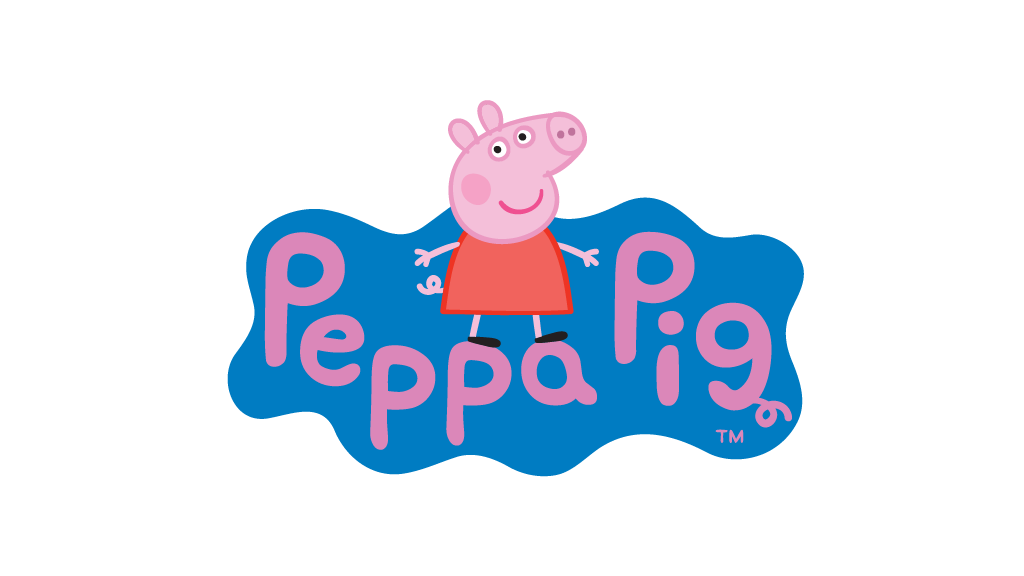Peppa Pig is reported to be the most watched channel on YouTube on television in the United Kingdom, with 48 million minutes a week and a reach of 0.75 million viewers. Viewing figures released by the audience research body Barb suggest that YouTube is not necessarily the new television, although it may be replacing children’s channels.
Over half of the top twenty most-watched YouTube channels reported by Barb are for children, with Peppa Big and Bluey beating MrBeast and WWE wrestling in their new ratings report.
Peppa Big had over twice the reach of MrBeast, which reached about 0.5% of the population or 320,000 viewers. Peppa Big was watched for six times as many minutes in total. The programme for pre-school children was first broadcast by Channel 5 in 2004. Now in its ninth season, after nearly 400 episodes, it is owned by the American toy and entertainment company Hasbro.

Only three of the YouTube channels reported had an audience reach of more than half a million individuals.
The weekly report does not include YouTube channels operated by television companies as these are included in their television audiences.
As the measurement is based on audio matching, it does not include YouTube Shorts, live channels, music or karaoke channels, or those that only show clips or highlights with no unique commentary.
Barb, with its research partners Kantar Media, is the first joint-industry measurement system in the world to incorporate viewing to YouTube channels.
Barb has chosen 200 of the most-watched YouTube channels to become part of its regular audience reporting. The channels were chosen primarily based on volumes of viewing and whether they met industry-agreed standards for brand safety.
The YouTube channels chosen were based on five categories: created for TV, created by media, created by icons, created like TV, and high value creators.
Barb says it also put a cap on certain over-represented genres but did not provide any further details.
It should be noted that the top 200 channels chosen represent only a fraction of a percentage of total YouTube viewing, which is driven by a long tail of video viewing.
Barb has reported viewing of television programmes on YouTube since 2021, based on television viewing at home through a Wi-Fi router. It also reports service-level audiences for YouTube viewed across all devices in the home through a Wi-Fi router.
In the second quarter of 2025, television viewing accounted for 43% of all YouTube viewing for those aged over 16, and 53% of YouTube viewing for those aged 4-15.
“We are constantly innovating to keep pace with what people are watching today, without being constrained by the platforms or devices people watch on,” said Caroline Baxter, the chief operating officer at Barb. “We’ve gone beyond linear to report audiences to BVOD services, and we’ve gone beyond broadcasters to report audiences to the streamers.”
“This fresh, independent insight will shine a light on what people watch on YouTube for the first time, starting to answer the questions that are being asked across the advertising, programming and regulatory parts of our industry.”
YouTube may be less than flattered by the research. It has stopped subscribing to Barb data, for the second time.
If YouTube wants to be considered like television, and to chase television advertising revenue, it may need to accept being counted in the same way as television. Or it could simply ignore the way that television accounts for success and enjoy an increasing aggregate share of television viewing.
